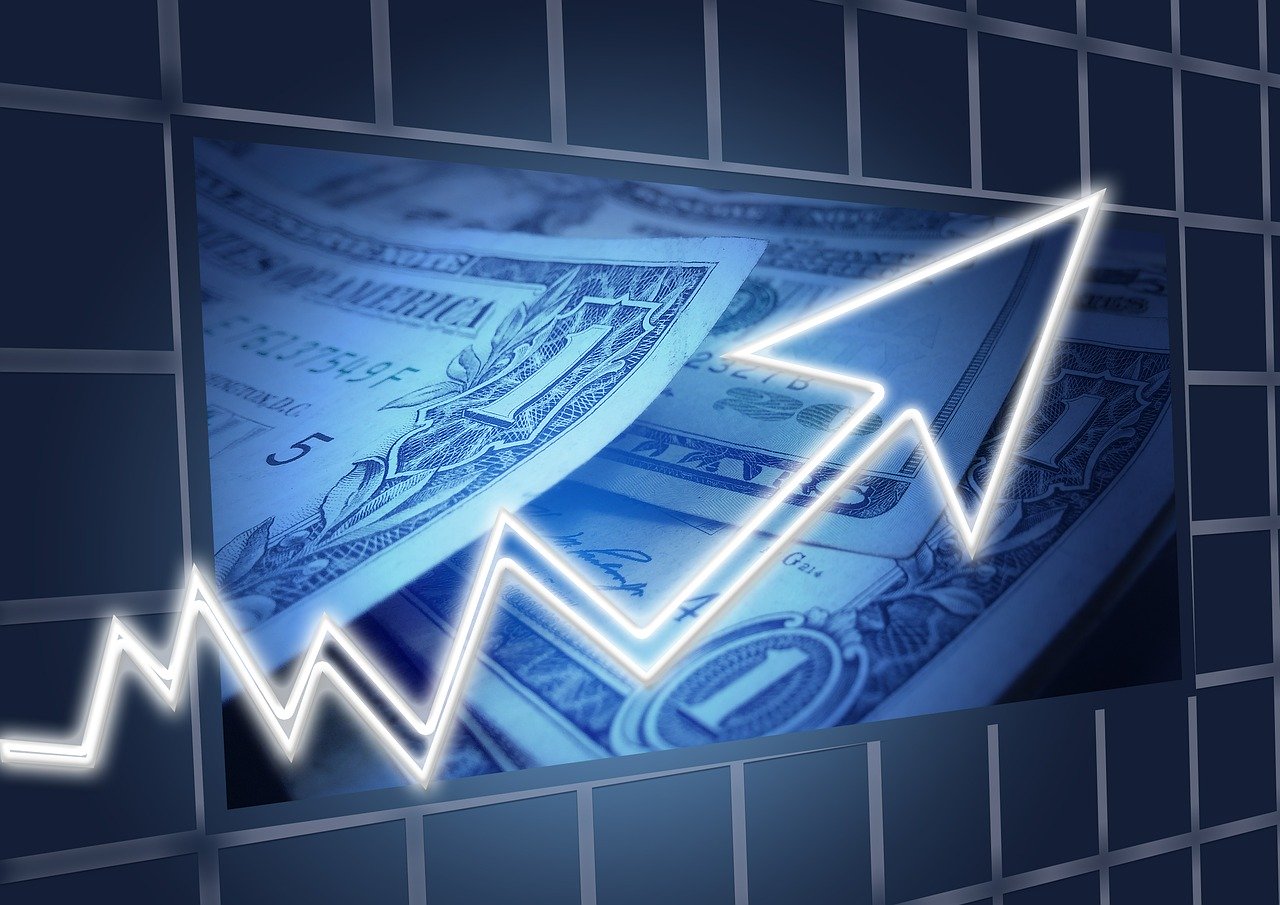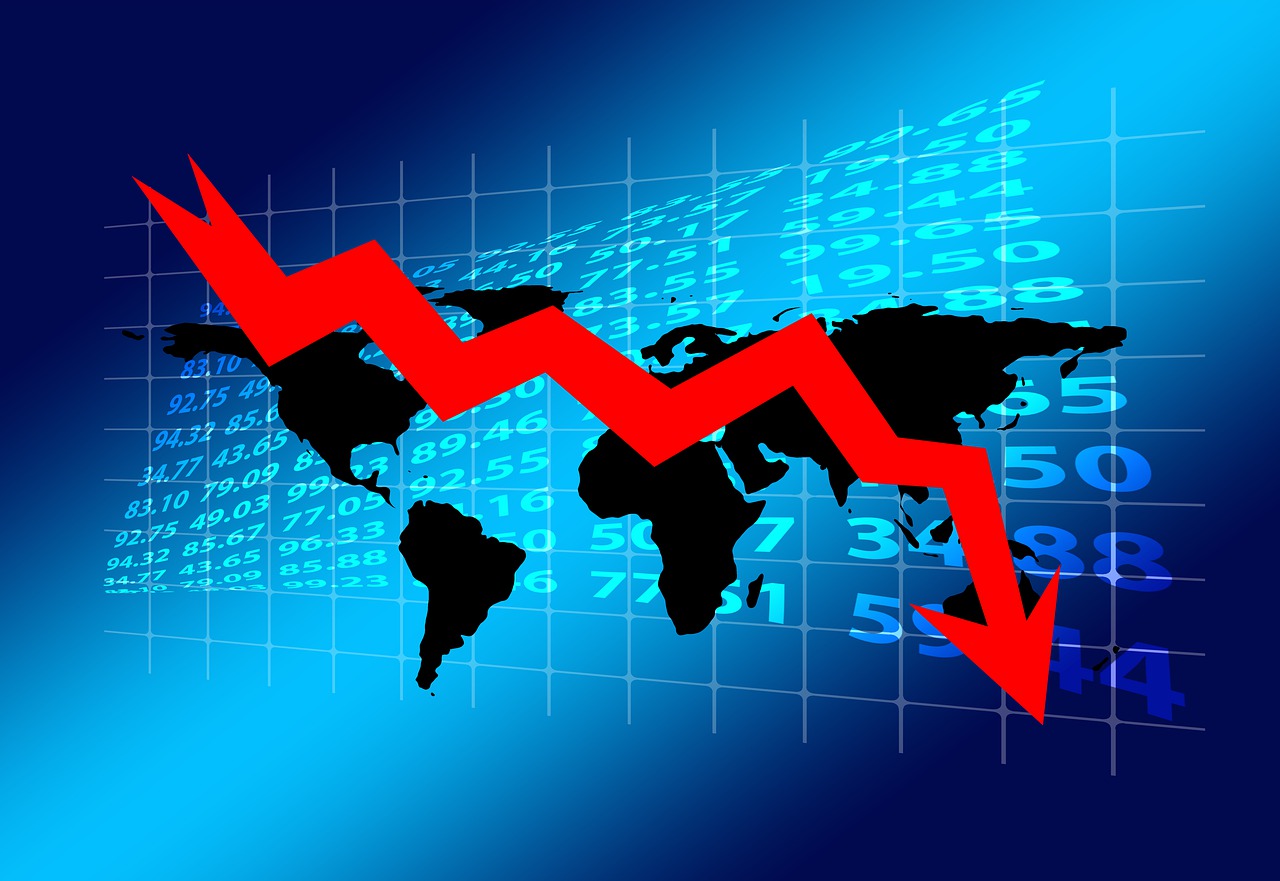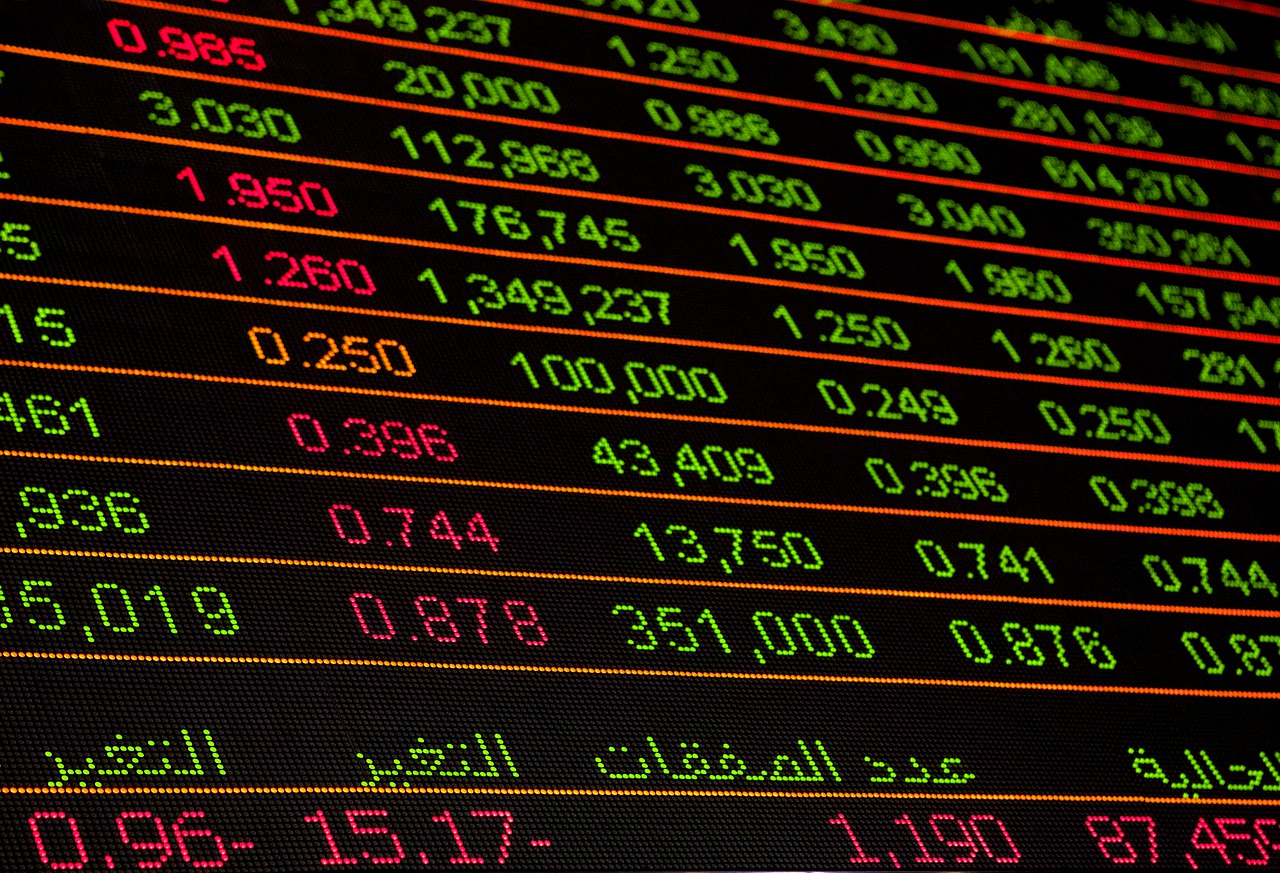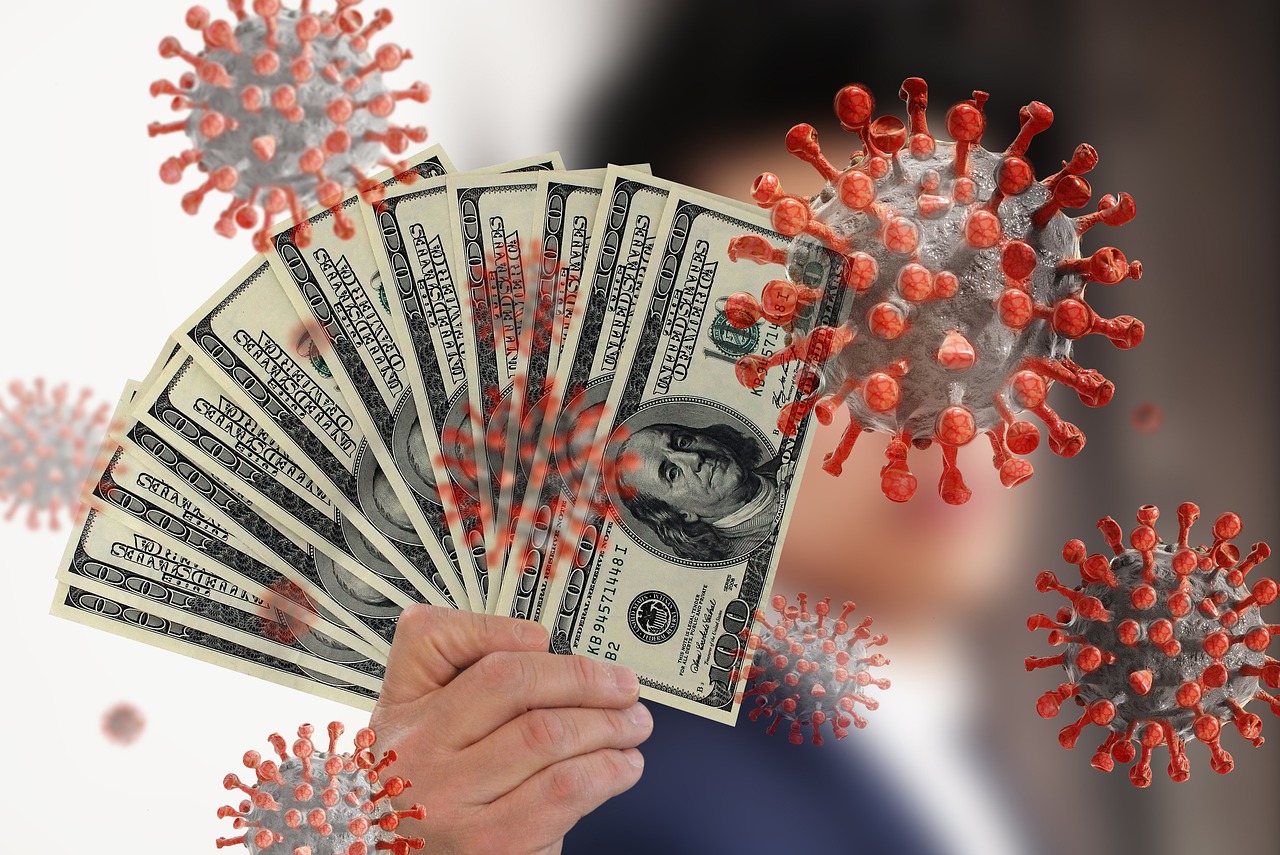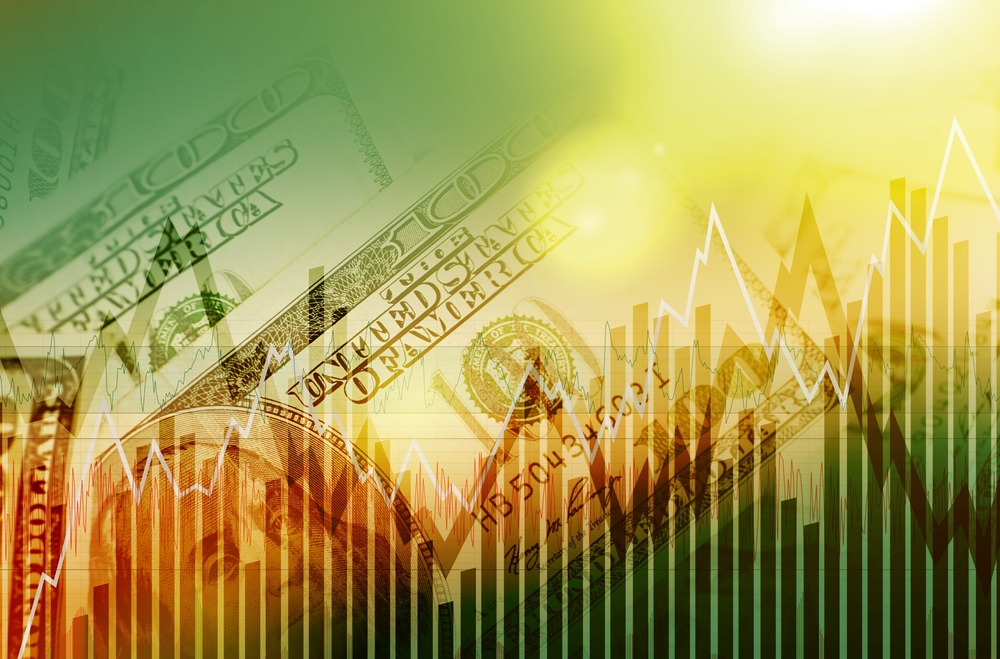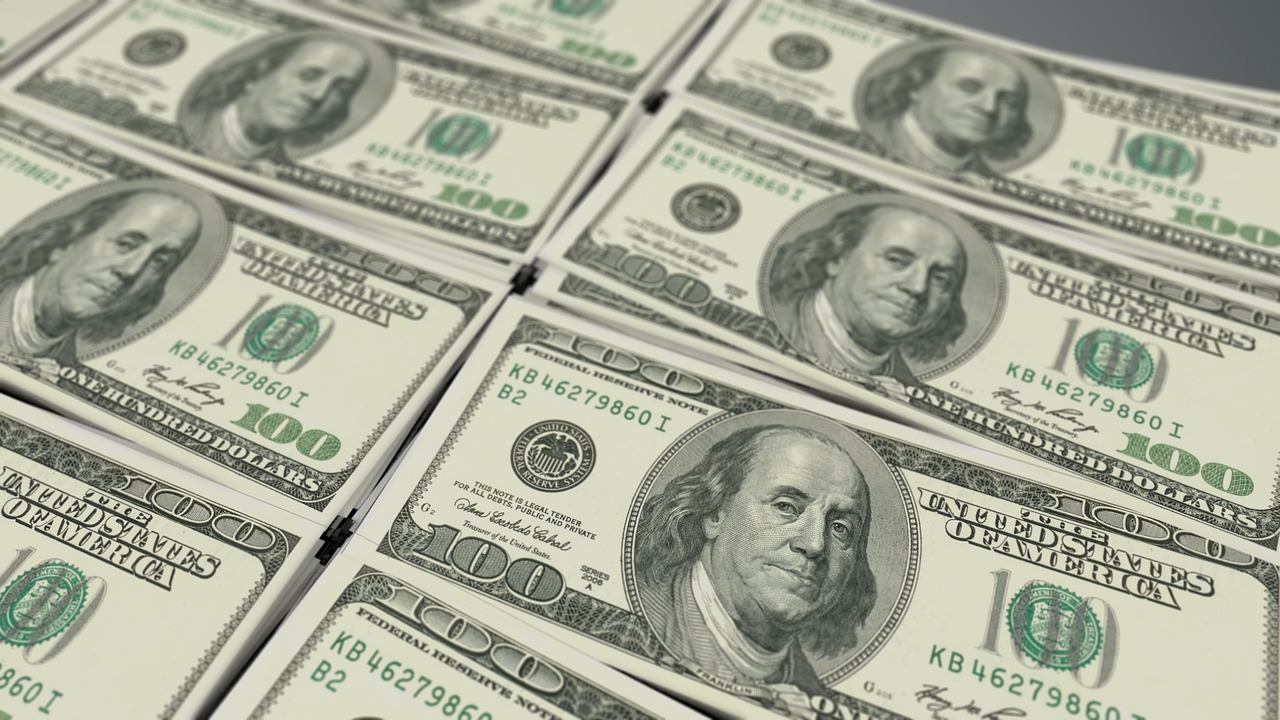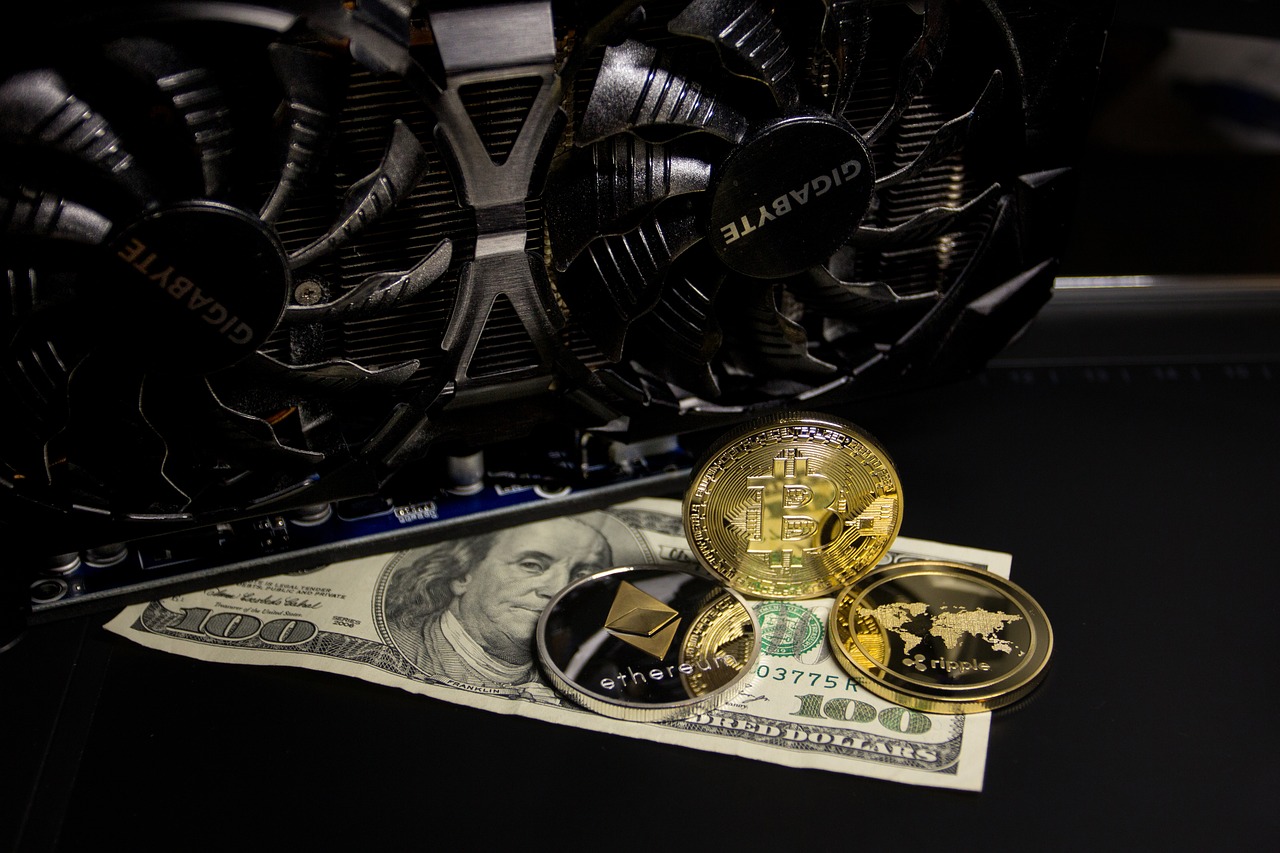Dollar Remains Depressed due to Improved Risk Appetite
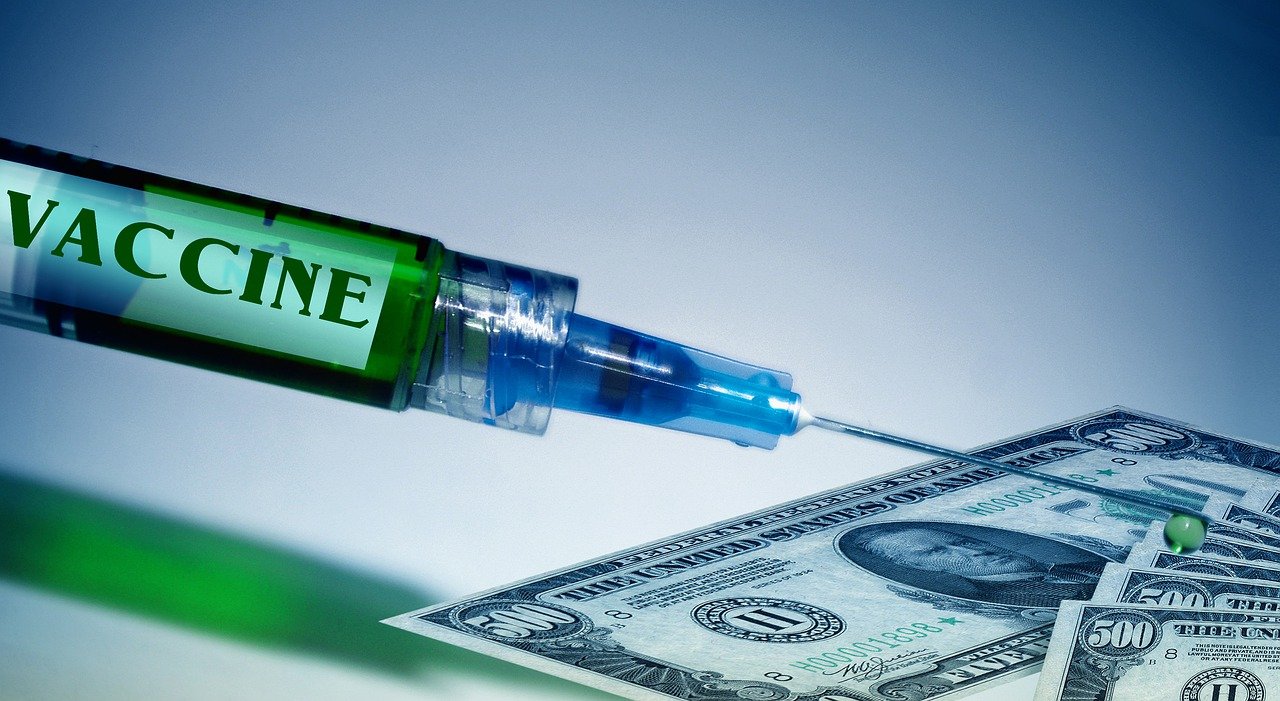 On Wednesday, the US dollar nursed some losses, as expectations of a new fiscal stimulus package from the new US government and progress in the development of a COVID-19 vaccine triggered a shift of funds to riskier assets from the greenback. The US currency was just shy of a two-year and two-month low against the New Zealand dollar and Australian dollar, respectively. Due to their connection with the global commodities trade, both of the currencies are regarded as barometers of risk appetite. A crypto known for its extreme volatility, Bitcoin was also trading near its all-time high, which is a further indication that investors were comfortable in taking riskier positions.
On Wednesday, the US dollar nursed some losses, as expectations of a new fiscal stimulus package from the new US government and progress in the development of a COVID-19 vaccine triggered a shift of funds to riskier assets from the greenback. The US currency was just shy of a two-year and two-month low against the New Zealand dollar and Australian dollar, respectively. Due to their connection with the global commodities trade, both of the currencies are regarded as barometers of risk appetite. A crypto known for its extreme volatility, Bitcoin was also trading near its all-time high, which is a further indication that investors were comfortable in taking riskier positions.
With continued progress on a coronavirus vaccine and the expected selection of Janet Yellen, the former Federal Reserve Chair, as the new US Treasury secretary, the greenback is expected to continue falling because two big uncertainties have been cleared up for investors. Analysts expect the Federal Reserve to print more money, which will weaken the dollar further, and also keep rates low. Therefore, it makes sense for the Biden administration to make use of a former Fed chair for maximize the coordination between monetary and fiscal policies. Hence, the nomination of Janet Yellen would prove to be negative for the US dollar in the long run.
Later today, the focus of investors would be on the minutes of the latest meeting of the Federal Reserve. Analysts said that they were not expecting many surprises from it and didn’t see anything that would help in controlling the dollar decline. If anything, the risks would be high about hints of a possible quantitative easing in the next month. On Wednesday, the dollar was trading against the euro at $1.1917, which is around a two-week low. The British pound reached its highest in two months against the greenback, as it was trading at $1.3365.
The dollar was holding steady against the yen at 104.41. According to research, there is a possibility of a COVID-19 vaccine being available in the next month, which has pushed US stocks to record highs and has curbed the appeal of holding the greenback as a safe-haven currency. There has also been an improvement in risk appetite, after the administration of President Donald Trump began cooperating with the transition team of President-elect Joe Biden, and after reports of Yellen taking the Treasury job, considering she is an advocate of fiscal spending.
The dollar index had declined by 0.4% on Tuesday and was trading at 92.012 against a basket of six other major currencies. It had been down by 0.1% on the day. There was a rise in the onshore yuan, as it reached 6.5799 on hopes of better relations with the United States under the Biden administration. There was also an increase in other Asian currencies. Improved risk appetite meant that the Australian dollar might reach its high of $0.7413, which it hit back on September 1st. The New Zealand dollar has also seen a rally of 5.5% in this month and is shy of its highest since June 2018.


